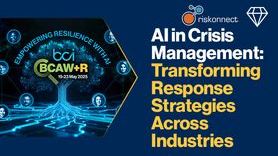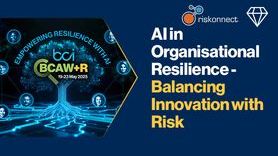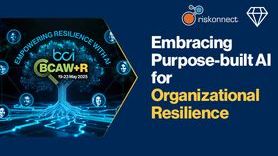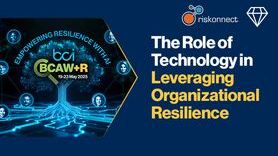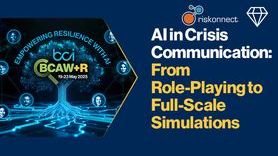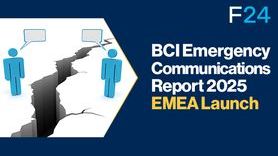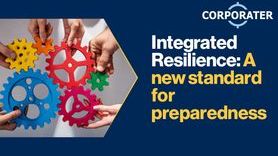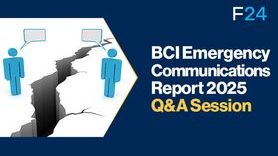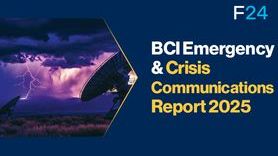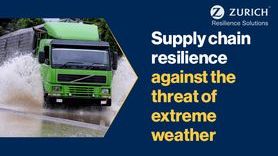Climate change and conflicts: a threat multiplier
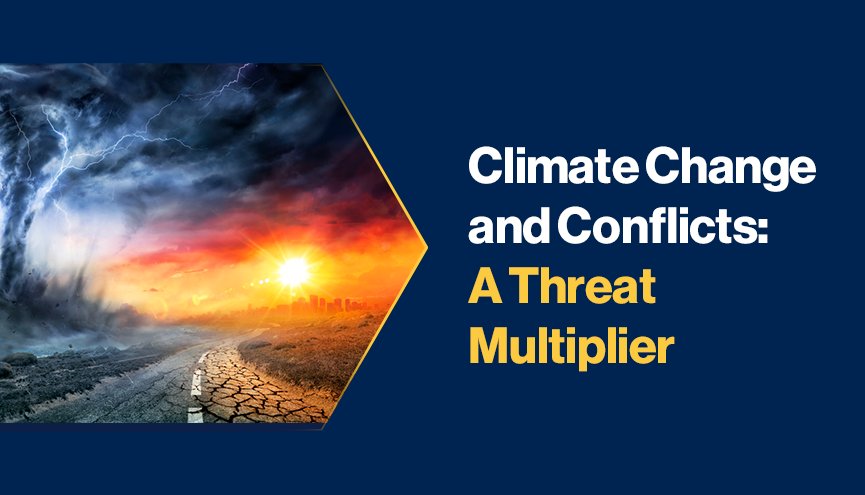
As the consequences of climate change intensify, many have started to wonder if the increasingly harsh conditions can lead to disputes. The idea is that as weather events become more extreme, resources become scarcer and might trigger conflicts.
One straightforward example would be that of droughts or floods that damage farming lands, creating tensions among farmers who might recur to violence to secure profitable lots. Also, increasing poverty deriving from climate change is likely to push people from low-income families into the arms of violent groups, who exploit them for their illicit purposes. While researchers have not established strict causality between climate change and conflict, it is becoming visible that the two share at least a correlation. In developing countries, where the effects of global warming are some of the strongest, conflicts are proliferating. The point is that while climate change is not the only factor to cause conflict, it does work as a threat multiplier, especially in those less industrialised countries that depend heavily on agriculture. According to the International Federation of the Red Cross (IFRC), it is becoming increasingly clear that where there is conflict, there are also often extreme weather events. Even though it is hard to establish whether one causes the other, it is just as relevant to observe that these two macro risks can and do occur at the same time in the same place
Countries with water scarcity such as Yemen and Iraq have also experienced institutional failure and conflict. Similarly, in conflict-ridden Somalia, people have been forced to move due to repeated droughts. Studies in recent years have also demonstrated a statistical correlation between the two . One study from the International Growth Centre shows that areas with temperature rises also experience an increase in crime and conflict. Similarly, another piece of research found that lack of rainfall leads to higher chance of conflict near farming lands. Looking at the future, international relations among states might change as a result of climate risk, due to new international agreements or policies. This can potentially generate increased tensions and resentments between highland low-income countries, which could be a thriving scenario for violent groups who prosper in such conditions. After all, solutions to global crises have often proved to be unequal – as in the case of COVID-19 vaccine supplies. Should this also happen for climate change, it is likely that the increasing scarcity of resources coupled with rising malcontent will result in increased violence.
Source: BCI Resilience in Conflict Report 2022




















